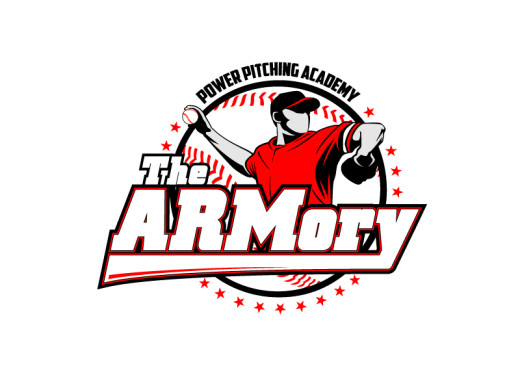
Mickey Mantle hit many notable “moonshots” in his career.
In baseball, a moonshot is referred to as a home run that is hit a long distance at a high velocity and deep angle. Moonshots normally range in the 410–660 foot area. Home runs hit farther than that are considered moonshots, but none farther than that have been recorded (or estimated). The name “Moonshot” comes from Wally Moon. Whenever Moon would hit a home run, these home runs would be referenced in newspapers as “Moon Shots”.[1] His home runs mostly came at the L.A. Coliseum, but his home runs gained more recognition for being mostly opposite-field home runs, as he was a left-handed batter, and the fence in right field was 440 feet from home plate.
Some long home runs are also known as “tape-measure blasts”.
Notable examples[edit]
- On April 17, 1953, Mickey Mantle hit one of the longest home runs in baseball history, when on a 1-0 pitch he hit a Chuck Stobbs fastball out of Griffith Stadium which went an estimated 565 feet. The ball is currently at the National Baseball Hall of Fame and Museum in Cooperstown, New York.
- Adam Dunn hit a 535 foot moonshot in center field against Jose Lima at the Great American Ball Park on August 8, 2004, the longest one in the stadiums history.[2] The home run is a popular highlight on home run reels.
- Giancarlo Stanton hit a 494 foot tape-measure blast at Coors Field off of Josh Roenicke on August 17, 2012. Although not the longest home run hit at Coors Field, it is a very popular baseball highlight and was the longest home run of the 2012 season. It was the longest home run hit since 2009.
- Jose Canseco hit a home run into the 5th deck at the SkyDome during Game 5 of the 1989 ALCS, which many people estimated it to be from 540 feet to 480 feet, but according to Hittrackeronline.com, the baseball only traveled 443 feet.[3] However, the home run is still considered one of the most famous moonshots ever.
References[edit]
This article uses material from the Wikipedia article Moonshot (baseball), which is released under the Creative Commons Attribution-Share-Alike License 3.0.








